What Is Robotics?
In simple terms, robotics combines science, engineering, and technology to design, construct, operate, and use machines programmed to replicate, substitute, or assist humans in completing tasks of varying complexity. These machines are known as robots.
Robots have a long history, dating back to ancient Greece; notably, the first digital-operated and programmable robot debuted in the mid-twentieth century. Robotics quickly took over key industries like automotive manufacturing, with early spot welding robot prototypes used in General Motors facilities in 1961. Throughout the years, robotics has developed increasingly sophisticated machines to benefit a wide range of industries.
Today, robots are in use everywhere around the globe, from college clubs to Fortune 100s. Companies and individuals alike are harnessing the power of robotics more than ever before, with the value of the Global Robotics Market rising to over 27 billion USD in 2020.
What are some of the common types of robots?
The most common types of robots include:
Using sophisticated sensors, artificial intelligence, and machine learning, autonomous mobile robots (AMRs) can support many tasks, including delivering items, carrying out safety and security checks, inventory automation, rescue missions, crop harvesting, and even space exploration.
As a form of autonomous mobile robots, automated guided vehicles (AGVs) are movable robots capable of navigating mapped routes via wires on a floor, radio waves, cameras, magnets, or lasers. These robots have several applications, including transporting heavy materials in factories and warehouses.
One of the main features of an articulated robot is rotary joints that can range from simple two-jointed structures to complex systems of multiple interacting joints and materials. The articulated robot is a typical type of industrial robot and often resembles a human arm.
A humanoid robot resembles a generic human body form. The specialized design is typically used for mimicking human motions and interactions. A common use case of humanoid robots is automating tasks to increase efficiency and cost-savings.
A cobot is a contracted term for a collaborative robot. These robots work side-by-side with human workers. They differ from other robots because their function is not intended to do work in place of human employees. Often they are compact and perform a variety of tasks in the metal industry, automotive, electronics, laboratories, and hospitals.
What industries are using robotics?
Many industries are using robotics to benefit their operations. Some of the most popular industries are:
Autonomous Mobile Robots (AMRs)
Automated Guided Vehicles (AGVs)
Articulated Robots
Humanoids
Cobots
Agriculture
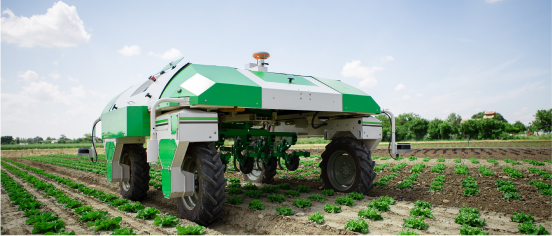
Robotics has become a cost-effective method for agricultural businesses to meet growing global demand. Farmers deploy specialized autonomous robots to perform routine tasks like planting, pest and weed management, and harvesting.
Construction
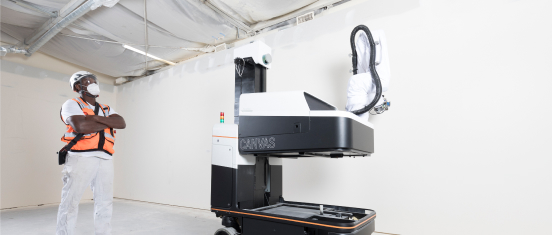
Robots assist construction teams with autonomous technologies that support efficiency, accuracy, and safety on job sites. Emerging developments in robotics are helping construction companies operate massive construction machinery like diggers and dozers autonomously and even complete specialized tasks like welding, drilling, and brick-laying.
Energy
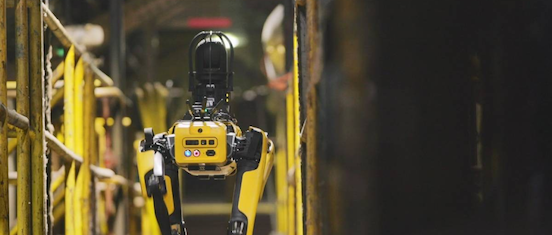
The energy industry has turned to robots for inspecting and maintaining the security of remote sites. As a result, robotics has played a significant role in the increasing affordability of clean energy by decreasing system installation and maintenance costs.
Healthcare

The healthcare industry has turned to robots to free its employees from monotonous and repetitive tasks like cleaning, delivery, dispensing medications, and hospital logistics. Robots can also perform more complex tasks like surgery, rehabilitation, and diagnostics. As the robotics industry advances, more sophisticated machines are in development to improve the efficiency of medical professionals and the quality of patient care.
Manufacturing
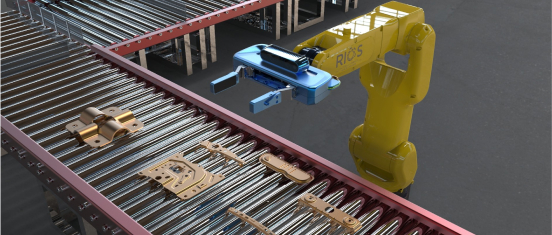
One of the earliest adopters of robotics, manufacturing uses robots to increase workforce efficiency, offload monotonous or dangerous tasks, and enable human workers to focus on more complex tasks.
Shipping & Delivery

Robotics has made a significant impact on managing logistics for shipping and delivering goods. For example, many robotics companies deploy autonomous delivery bots fleets to complete the last-mile delivery processes for supermarkets, grocery stores, restaurants, and more.
Mining
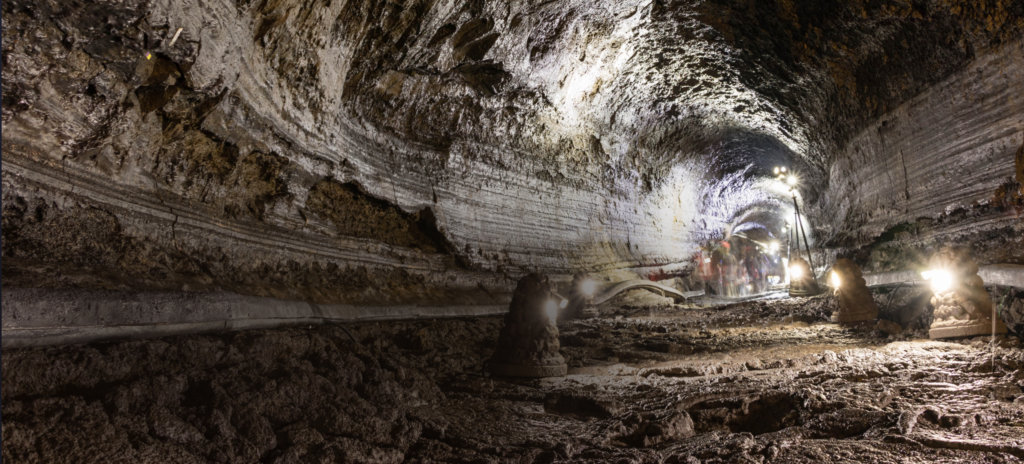
In recent years, mining companies began to use autonomous devices for surveillance, information gathering, and analysis in the mining industry. For example, autonomous machines can navigate closed or abandoned mines for precious raw materials while providing a safer work environment for human minors.
The Future of Robotics
The applications and possibilities for robotics are endless with over 12 million robotic units in existence worldwide in 2020. The industry is poised to continue growing in the coming years with 88% of businesses planning to adopt robotic automation into their infrastructure.



Comments
Post a Comment